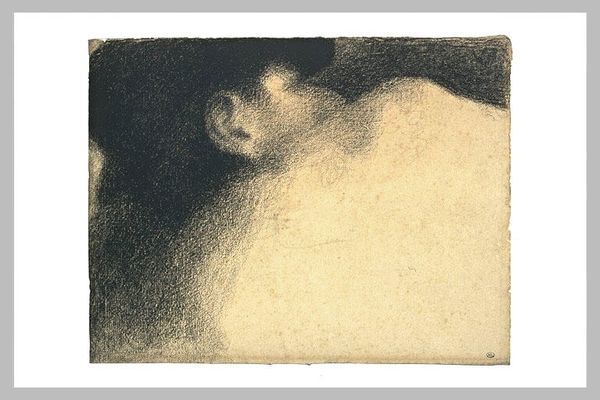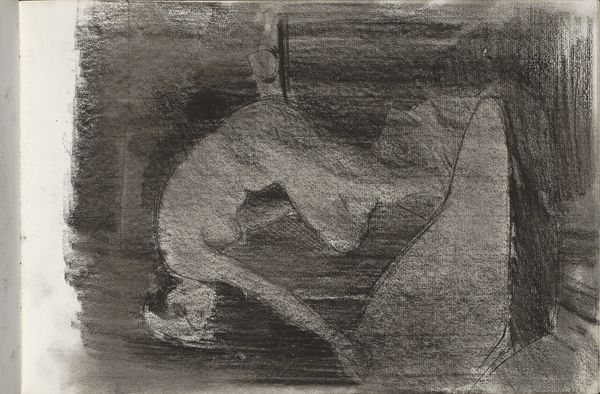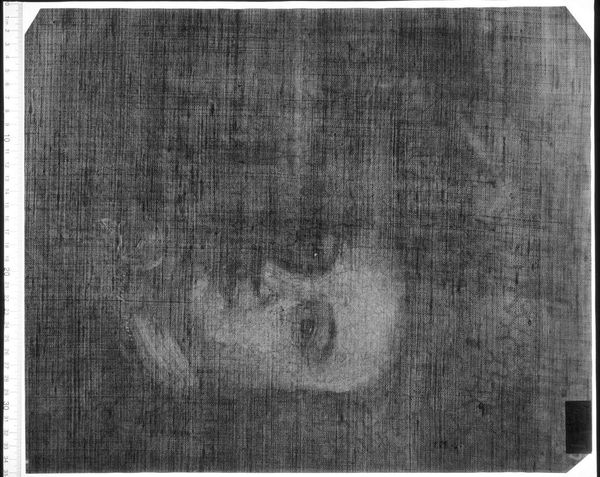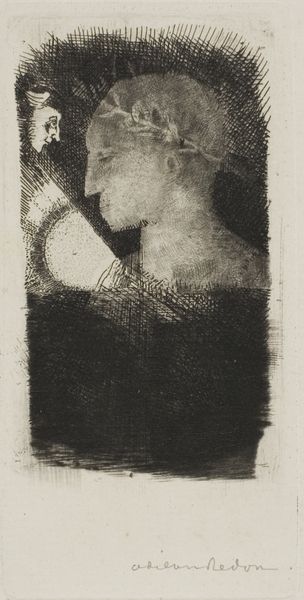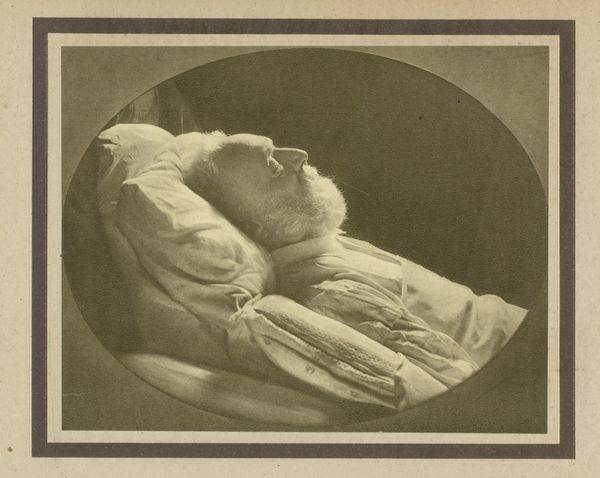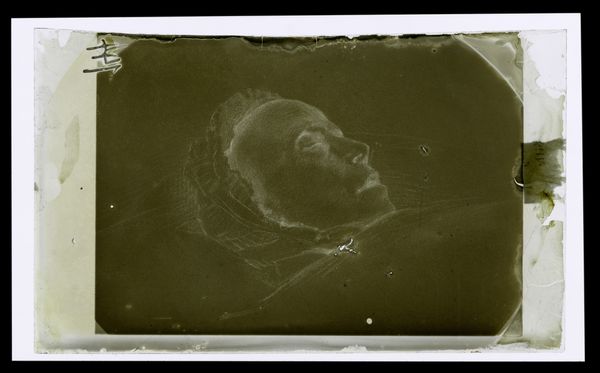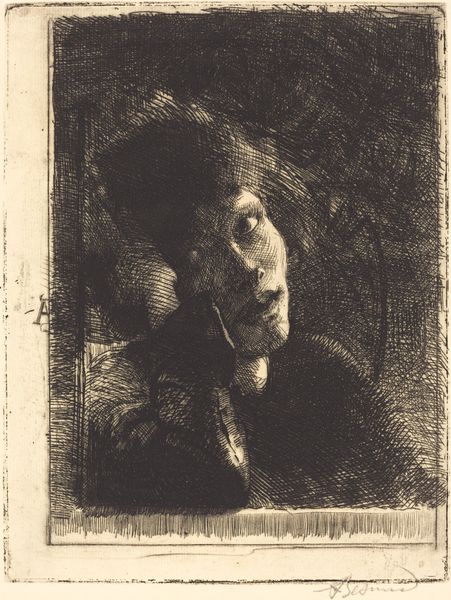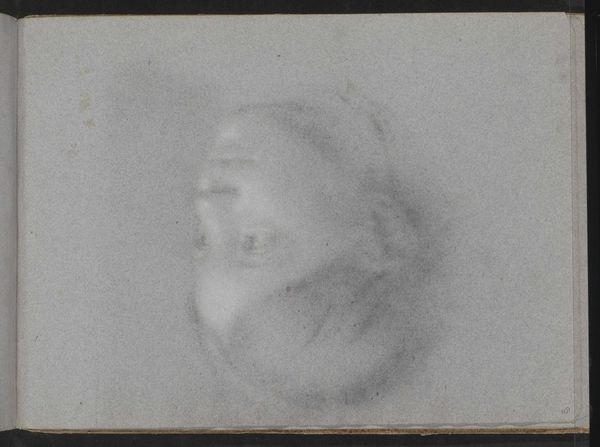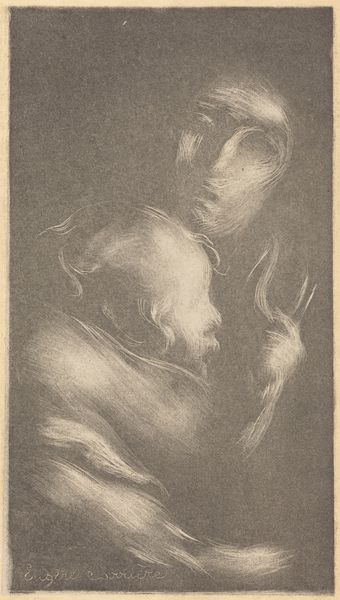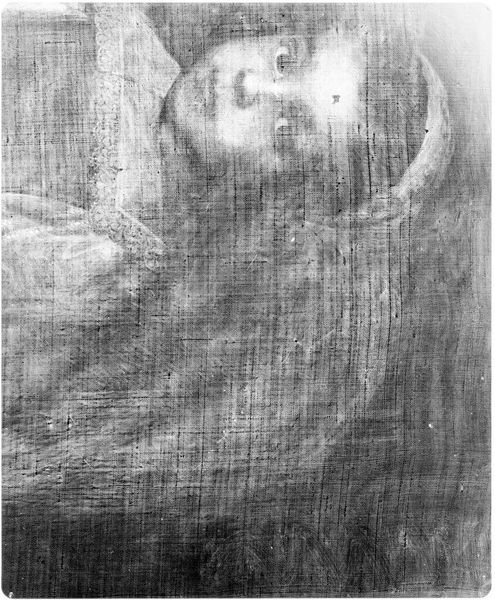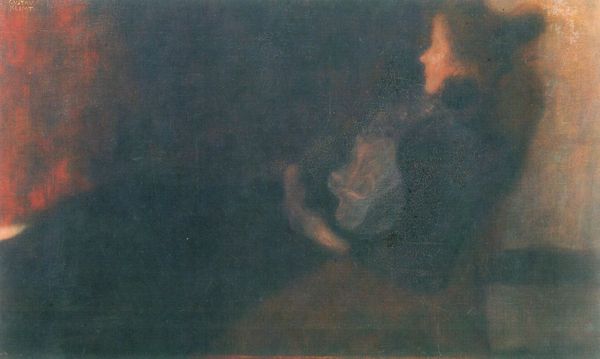
photography
#
portrait
#
photography
#
monochrome
Copyright: Rijks Museum: Open Domain
Editor: Here we have “Prentbriefkaart aan Willem Bogtman,” a photograph, possibly from 1928, by Richard Nicolaüs Roland Holst, currently housed at the Rijksmuseum. The monochrome portrait feels… wistful, somehow suspended in time. What's your interpretation of this piece, looking at it through the lens of today's dialogues? Curator: What strikes me is the medium itself, a postcard, used to circulate an image of what appears to be an attributed Rembrandt portrait. It begs the question: who had access to art and art knowledge in the early 20th century? How was a figure like Rembrandt being disseminated to the public? Editor: That's fascinating! It suggests a deliberate democratisation of art. But what about the portrait itself? Curator: The way Roland Holst reproduces Rembrandt - seemingly mediated through the apparatus of the postcard - creates a fascinating tension. On the one hand, the image signifies high art, and all of its attending prestige; and yet, on the other hand, it enters the realm of mass reproduction. Is it high or low art? And how does class operate in those spheres? What does the accessibility enabled by photography mean for the concept of originality? What narratives do we construct around who gets to create, who gets to view and participate in these dialogues? Editor: It really opens up so many questions about value, and access. The layering of reproduction on reproduction complicates the whole story. Curator: Precisely. And those questions are incredibly relevant today, as we continue to grapple with issues of representation, accessibility, and the power structures inherent in the art world. Looking at the artwork reminds me of ongoing discourse around these pressing issues and the intersectional nuances tied into cultural legacy. Editor: This has made me reconsider how I look at historical artwork, especially when thinking about our contemporary socio-political setting. Thank you for the insight.
Comments
No comments
Be the first to comment and join the conversation on the ultimate creative platform.


